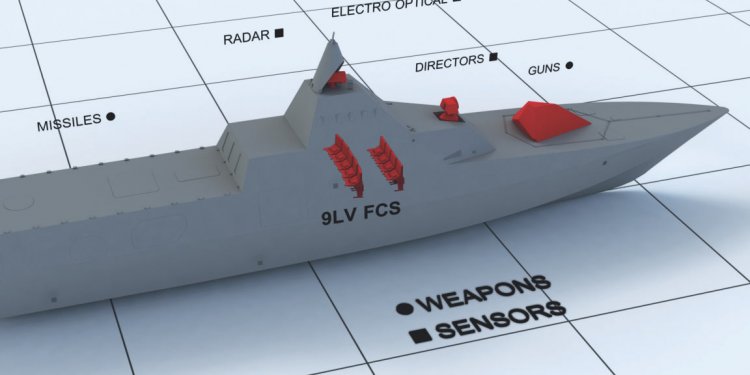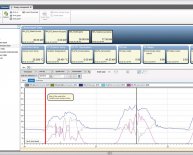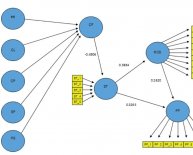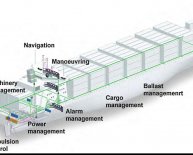
Concept of Management control Systems
- Control is one of the managerial functions like planning, organizing, staffing and directing. It is an important function because it helps to check the errors and to take the corrective action so that deviation from standards are minimized and stated goals of the organization are achieved in desired manner. According to modern concepts, control is a foreseeing action whereas earlier concept of control was used only when errors were detected. Control in management means setting standards, measuring actual performance and taking corrective action. Thus, control comprises these three main activities.
Control is checking current performance against pre-determined standards contained in the plans, with a view to ensure adequate progress and satisfactory performance.
Control consists of verifying whether everything occurs in conformity with the plan adopted, the instructions issued, and principles established. It ['s] object [is] to point out weaknesses and errors in order to rectify [them] and prevent recurrence.
Management control can be defined as a systematic effort by business management to compare performance to predetermined standards, plans, or objectives in order to determine whether performance is in line with these standards and presumably in order to take any remedial action required to see that human and other corporate resources are being used in the most effective and efficient way possible in achieving corporate objectives.
Also control can be defined as "that function of the system that adjusts operations as needed to achieve the plan or to maintain variations from system objectives within allowable limits". The control subsystem functions in close harmony with the operating system. The degree to which they interact depends on the nature of the operating system and its objectives. Stability concerns a system's ability to maintain a pattern of output without wide fluctuations. Rapidity of response pertains to the speed with which a system can correct variations and return to expected output.
From these definitions it can be stated that there is close link between planning and controlling. Planning is a process by which an organization’s objectives and the methods to achieve the objectives are established, and controlling is a process which measures and directs the actual performance against the planned objectives of the organization. Thus, planning and control are often referred to as Siamese twins of management.
- Importance of Control
The concept of control is of fundamental importance to organizations. It has been identified as a significant influence on;
- The formation of organizational strategy,
- The design of organizational structure,
- The selection, socialization and evaluation of personnel and
- The ongoing process of leadership and motivation.
- Characteristics of Control
From the definitions and nature of control, the following characteristics can be identified;
- Control is a continuous process
- Control is a management process
- Control is embedded in each level of organizational hierarchy
- Control is forward looking
- Control is closely linked with planning
- Controlling is tool for achieving organizational activities
- The elements of control
There are four basic elements in a control system, namely;
(1) The characteristic or condition to be controlled,
(2) The sensor,
(3) The comparator, and
(4) The activator — occurs in the same sequence and maintains a consistent
relationship to each other in every system.
- The first element is the characteristic or condition of the operating system which is to be measured. We select a specific characteristic because a correlation exists between it and how the system is performing. The characteristic may be the output of the system during any stage of processing or it may be a condition that has resulted from the output of the system. For example, it may be the heat energy produced by the furnace or the temperature in the room which has changed because of the heat generated by the furnace. In an elementary school system, the hours a teacher works or the gain in knowledge demonstrated by the students on a national examination are examples of characteristics that may be selected for measurement, or control.
- The second element of control, the sensor, is a means for measuring the characteristic or condition. The control subsystem must be designed to include a sensory device or method of measurement. In a home heating system this device would be the thermostat, and in a quality-control system this measurement might be performed by a visual inspection of the product.
- The third element of control, the, determines the need for correction by comparing what is occurring with what has been planned. Some deviation from plan is usual and expected, but when variations are beyond those considered acceptable, corrective action is required. It is often possible to identify trends in performance and to take action before an unacceptable variation from the norm occurs. This sort of preventative action indicates that good control is being achieved.
- The fourth element of control, the, is the corrective action taken to return the system to expected output. The actual person, device, or method used to direct corrective inputs into the operating system may take a variety of forms. It may be a hydraulic controller positioned by a solenoid or electric motor in response to an electronic error signal, an employee directed to rework the parts that failed to pass quality inspection, or a school principal who decides to buy additional books to provide for an increased number of students. As long as a plan is performed within allowable limits, corrective action is not necessary; this seldom occurs in practice, however.
- Relationship between the elements of control and information
is the medium of control, because the flow of sensory data and later the flow of corrective information allow a characteristic or condition of the system to be controlled. To illustrate how information flow facilitates control, let us review the elements of control in the context of information.
- Kinds/Classification of control
Control may be grouped according to three general classifications: (1) the nature of the information flow designed into the system (that is, open- or closed-loop control), (2) the kind of components included in the design (that is man or machine control systems), and (3) the relationship of control to the decision process (that is, organizational or operational control).
- The Nature of Information Flow into the System (Open- and Closed-Loop Control)
The difference between open-loop control and closed-loop control is determined by whether all of the control elements are an integral part of the system being regulated, and whether allowable variations from standard have been predetermined. In an open-loop system, not all of the elements will be designed into the system, and/or allowable variations will not be predetermined.

















